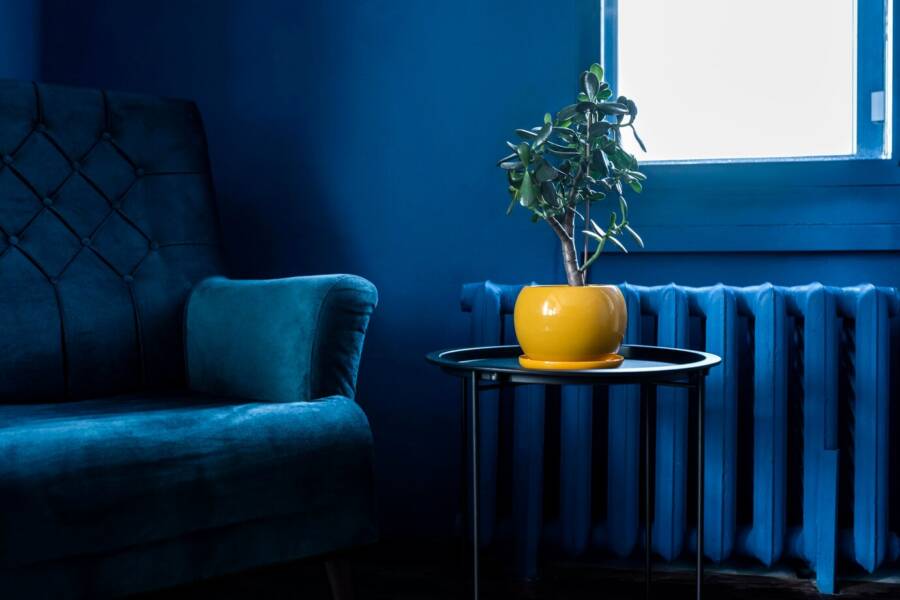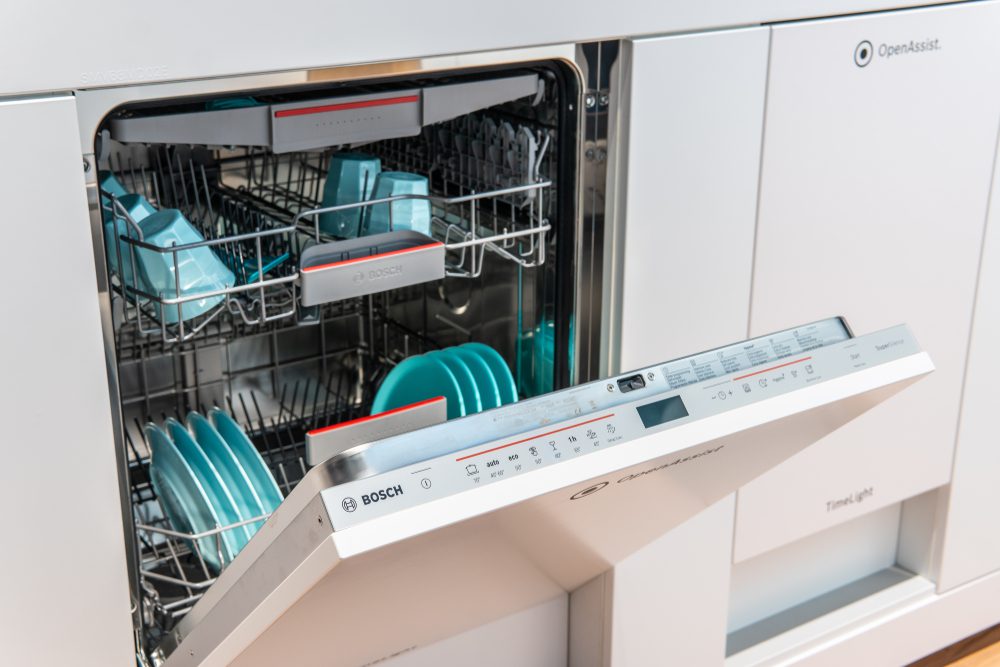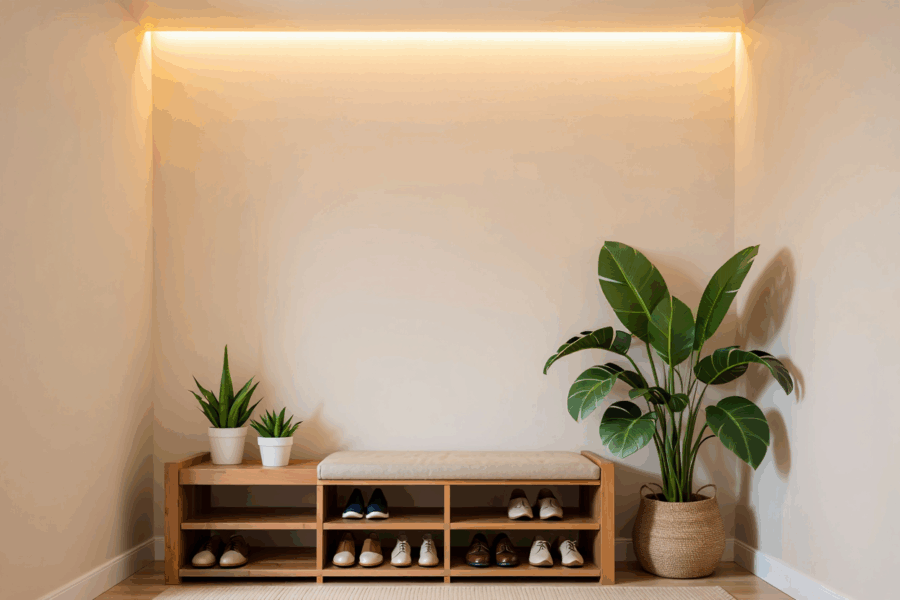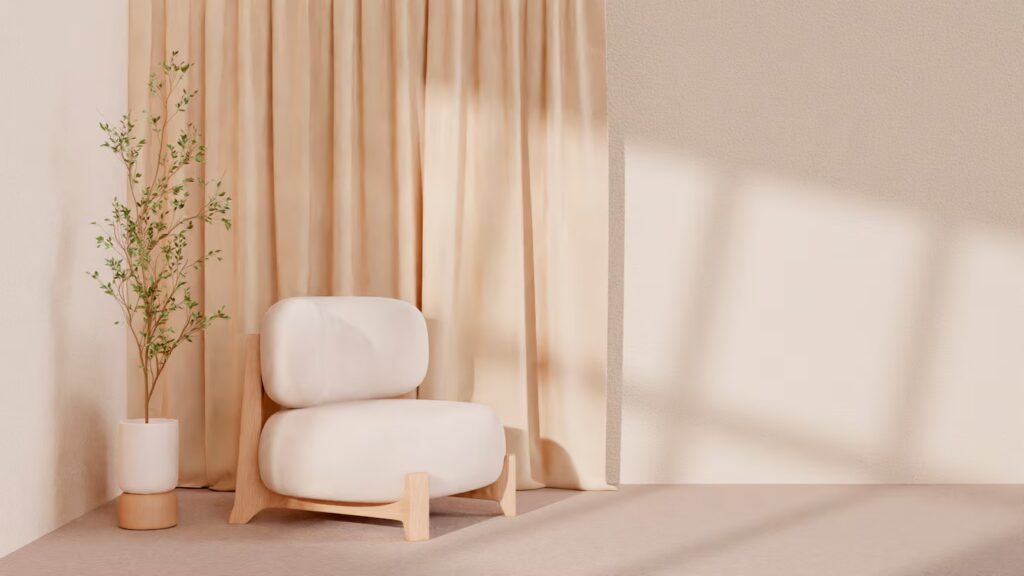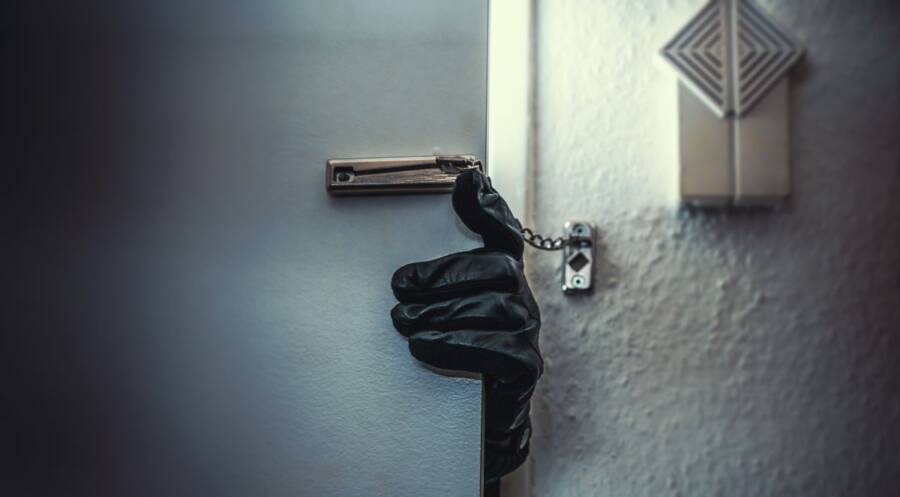Never put these things in the basement!
The basement seems such a wonderful place to stuff virtually anything you’d want to keep but still have out of the way. However, it’s worth mentioning that not everything should go down below, especially since it can be either damaged or worse.
That’s why we thought it might be a good idea to discuss whether or not it’s worth rearranging things in a different fashion. Also, let us know if you have a different strategy, and if you want, make sure you share it with us in the comments section down below! Now, back to our topic:
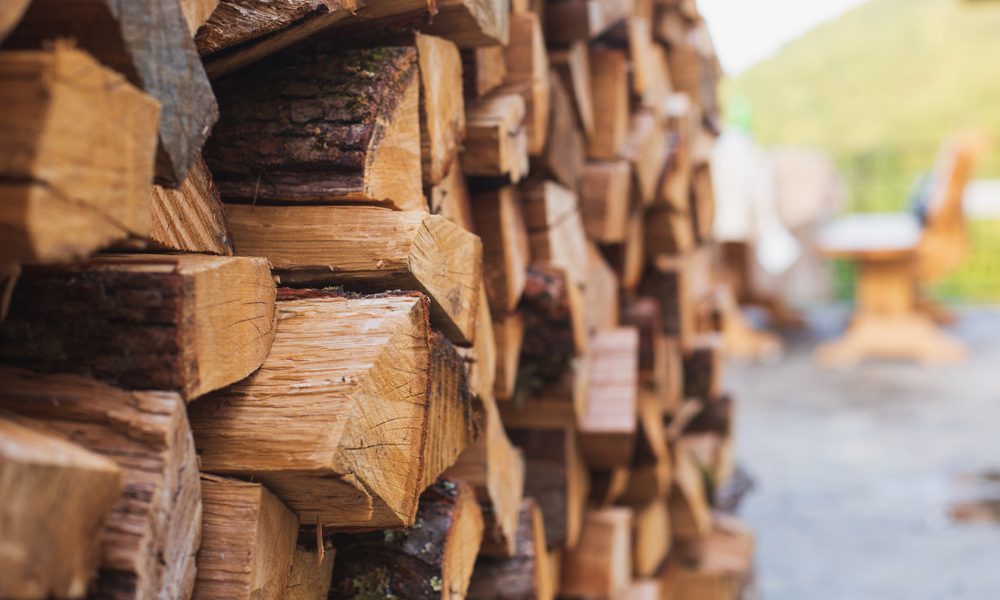
Perishable food
The first item on our list is, as far as we’re concerned, paramount, especially if you want to avoid dealing with pests. Insects or even worse, rodents, can easily smell food and make their way into flimsy plastic or paper packaging.
Besides, food can easily spoil in unregulated conditions. On a very similar note, you should avoid storing vitamins, medicine, and supplements downstairs.
As you might know, wine should be stored at some temperatures and humidity levels, so a basement could vary way too much to confidently keep the bottles there until you are fully ready to open them.
Now, we think some food is ok to store in the basement, as long as it’s airtight, like canned vegetables or goods stored in sealed and lidded containers. Otherwise, you are better off creating a freestanding pantry in the kitchen or even maximizing the space you already have.
Pet supplies
Very similar to human food, dog, cat, or really any other type of pet food, pet supplies shouldn’t be stored in the basement as pests can take up home inside the packages. Besides, kitty litter can easily start to clump because of all the excess moisture. Instead, you should aim to store the food and litter in a temperature-controlled area like the kitchen, an upstairs laundry room, or even a mudroom.
Fragile fabrics
Any sentimental items like baby clothes, stuffed animals, or even wedding gowns, or pieces made of fur, leather, and suede shouldn’t be kept in the basement.
They are highly susceptible to mold and mildew. It’s quite possible to store some pieces of clothing, like an off-season item (depending on its material, of course) downstairs.
They should also be sealed in bins, effectively labeled, and placed on shelves at least a couple of feet from the floor. This is meant to prevent them from being damaged, especially if flooding does occur.
They’re also meant to be protected from being exposed to moths and dust mites. But in reality, your best bet is to steer clear of keeping any fabrics, including casual clothing, in the basement, specifically if it’s unfinished. Instead, you can declutter as much as you can. You should also be smart with closet storage, or employ an under-the-bed container.
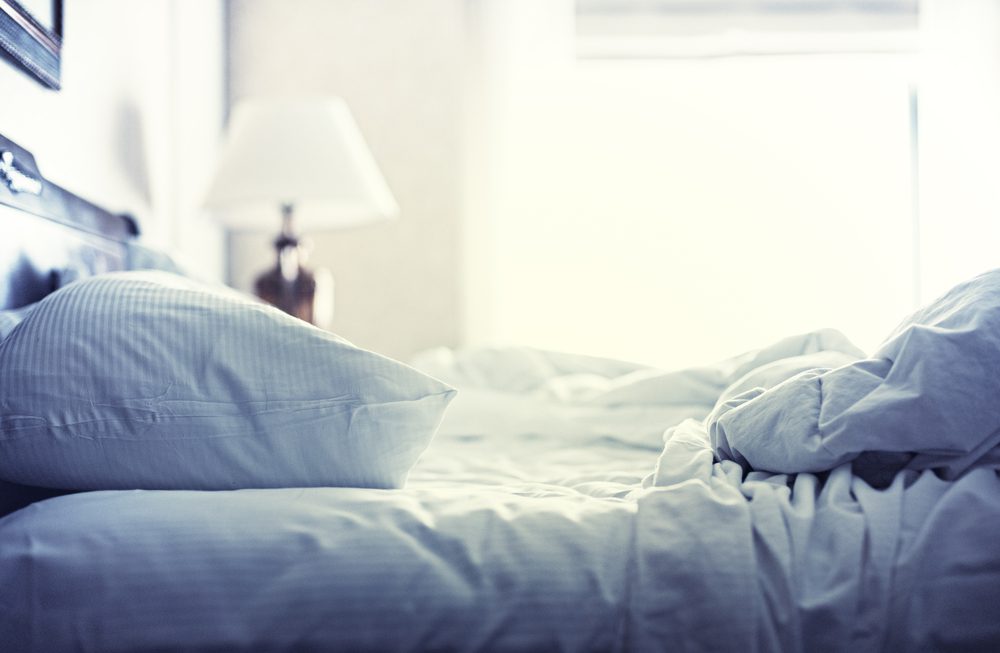
Bedding
Staying on the same note with the fabric theme, any and all extraneous bedding shouldn’t be put downstairs for very similar reasons as clothing.
Pillows, blankets, sheets, and sometimes slumber bags that are left exposed to elevated moisture levels will probably get muddy. Besides, if some of these are the linens being used for occasional guests, you really wouldn’t want them to sleep on something that smells like a basement, right?
Well, the same you’d do with clothing, you should focus on decluttering what you don’t need and then efficiently organize the linen closet upstairs and use a storage bench for extra bedding.
If you have an extra mattress, you should strive to find the most effective ways to store it, even if it could mean investing in a climate-controlled storage unit.
Toys
Even if they don’t necessarily hold a sentimental value, you should avoid storing your toys in a basement that’s subject to plenty of fluctuations in temperature.
Metal toys can easily rust, and plastic and wood can easily gather mildew stains on account of excessive moisture. At the risk of sounding like a broken record, you can work on paring down the toys your child no longer plays with to efficiently cut down on the need for extra storage space.
If you want to save some for the younger ones or use a toy-swapping method, you can bin some of them up and store them on shelves in a playroom or a bonus room somewhere upstairs.
Anything made of paper
The whole dampness of a basement can be the kiss of death for paper. Not only will the paper attack more mold and mildew, but it will also become discolored and completely illegible over time.
It’s highly advised to keep paperwork, photographs, books, magazines, newspapers, and any loose artwork out of your basement altogether. Cardboard boxes are definitely a no-go, too, especially since they deteriorate and can easily become a snack for unwanted pests. Instead, you could try some of these ideas:
- go paperless. For some important items out there, such as tax returns or insurance documents, you can organize the paperwork into a small filing cabinet in an office space or the kitchen.
- keep essential documents like birth, death, or marriage certificates, divorce decrees, passports, house deeds, car titles, and many other things in a fireproof safe where you can easily go to and grab what you need in case of emergency.
- organize your photo collection (you should also consider scanning them digitally for extra security) and keep them in boxes or even albums in the family room for all your family members to enjoy.
- donate any reads you don’t need anymore then get creative with book storage in other areas of the house.
Mementos
If there’s anything that’s simply irreplaceable to you, it’s advised to leave it out of the basement. Mementos can easily encompass high school t-shirts, letters, cards, photos, medals, memorabilia, family heirlooms, and so much more.
In the event of a disaster, like the basement flooding, these can be lost for good. You can put your mind to ease and simply store them safely elsewhere in the house.
You can also use pretty containers with labels to hold your items and place them on a high shelf in a closet. This way, at least you know they’re out of your way.
Furniture and home decor
Anything made of wood can rapidly warp or crack in a high-humidity basement so abstain from leaving extra furniture down there. This is even more important if you have antique or heirloom pieces that need a home.
Rugs, just like many other fabrics, could be vulnerable to moisture damage. As tempting as it could be to toss an extra one in the basement, it’s not the best idea in the long run.
We’d rather advise you to roll it up, store it in a plastic bag, and keep it upright in another area like a spare bedroom closet. You can also find a spot upstairs to display vintage furniture or decor, and make use of a storage unit, or even ask a relative to hold it for you.
If you found this article useful, we also recommend checking: Step Inside Ivanka Trump’s Mansion
3 Beautiful Fast-Growing Shrubs You Need to Plant in Your Garden!
If You Don’t Like Red in Your Garden, Read on…

